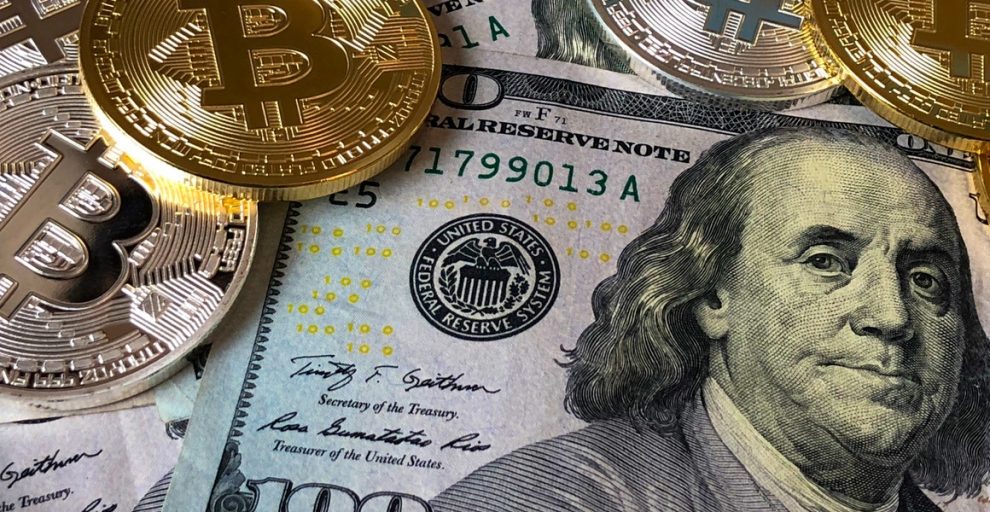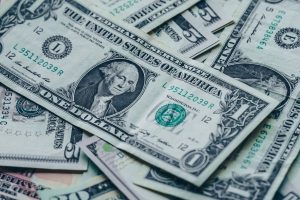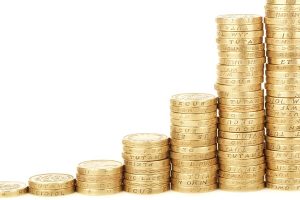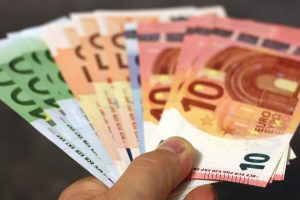Exchange daily course between Singapore Dollars (SGD) and USA Dollars (USD) is given on this page.
In first drop down menu choose Singapore Dollars (SGD). In second choose USA Dollar (USD). If you enter 1 Singapore Dollars (SGD) for example, you will receive its equivalent in USA Dollars (USD), Euros, turkish Liras, Dinars, Japanese Jean, Rubles etc.
You can enter any arbitrary amount of currencies below. Rates are updated daily by Swiss National Bank.
Date: Wednesday 16th of April 2025 12:45:43 AM
You can also convert USA Dollars to Singapore Dollars (SGD). Insert values of USA od SGD Dollars, find than opposite values for Dollars or Euros, in second row and automatically you will get calculated value of another banknotes. The currency data are updated daily. We hope that ratio will be optimal for your business. Enjoy in work and calculations!
Singapore Dollar – SGD
The dollar (sign: $; code: SGD) is the currency of Singapore. It is normally abbreviated with the dollar sign $, or alternatively S$ to distinguish it from other dollar-denominated currencies.
It is divided into 100 cents. To compare the price of Singapore Dollar (SGD) to other currencies you can use the following currency converter.
Banknotes of Singapore Dollar (SGD)
On June 12, 1967, the first series of notes, known as the Orchid series, was introduced in denominations of 1, 5, 10,50, 100 and 1000 dollars. 25 and 500 dollar notes were introduced in 1972, followed by 10,000 dollars in 1973. Between 1976 and 1980, the Bird series was introduced, including a 20 dollar note introduced in 1979. This series did not include a 25 dollar note. The Ship series was introduced between 1985 and 1989 in the same denominations except for the absence of a 20 dollar note. Notes for 2 dollars were introduced in 1990.
The current Portrait series was introduced in 1999, with the 1 and 500 dollar denominations omitted. These notes feature the face of Yusof bin Ishak, the first president of the Republic of Singapore, on the obverse, and the reverse depicts a feature of civic virtue. There are both paper and polymer notes in circulation. The designs of the polymer notes are very similar to the corresponding paper note except for the slightly slippery feel and a small transparent window design in the corner of the banknote. Polymer notes are progressively replacing the paper banknotes in circulation. The notes also has Braille pattern at the top right-hand corner of the front design.
Commemorative banknotes is also released, usually in limited quantities. The first commemorative banknote was released in 24 July 1990, to celebrate the 25th anniversary of Singapore’s independence. On 8 December 1999, to celebrate the coming millennium, 3 million $2 millennium notes were circulated. The note is similar to the $2 portrait series, except that the prefix of the serial number is replaced with a Millennium 2000 logo. On 27 June 2007, to commemorate 40 years of currency agreement with Brunei, the $20 note was launched; the back is identical to the Bruneian $20 note launched concurrently. A circulation version of the $20 note can be exchanged at banks in Singapore beginning July 16, 2007, limited to two pieces per transaction.
The economy of Singapore
The economy of Singapore is a highly developed state capitalist mixed economy. While government intervention in the market is kept at a minimum, the state controls and owns firms that comprise at least 60% of the GDP through government entities such as the sovereign wealth fund Temasek.
It has an open business environment, relatively corruption-free and transparent, stable prices, and one of the highest per capita gross domestic products (GDP) in the world. Its innovative yet steadfast form of economics has given it the nickname the Singapore Model. Exports, particularly in electronics and chemicals, and services provide the main source of revenue for the economy, which allows it to purchase natural resources and raw goods which it does not have.
Singapore could thus be said to rely on an extended concept of entrepot trade, by purchasing raw goods and refining them for re-export, such as in the wafer fabrication industry and oil refining. Singapore also has a strategic port which makes it more competitive than many of its neighbours to carry out such entrepot activities. The Port of Singapore is the busiest in the world, surpassing Rotterdam and Hong Kong.
In addition, Singapore’s port infrastructure and skilled workforce, which is due to the success of the country’s education policy in producing skilled workers, is also fundamental in this aspect as they provide easier access to markets for both importing and exporting, and also provide the skill(s) needed to refine imports into exports.
On 14 February 2007, the Singapore government announced that economic growth for the whole year of 2006 was 7.9%, higher than the originally expected 7.7%. Singapore’s Unemployment rate is around 2.2% as on 20th Feb, 2009.
Recommendation
-
Recommendation:
















Add Comment